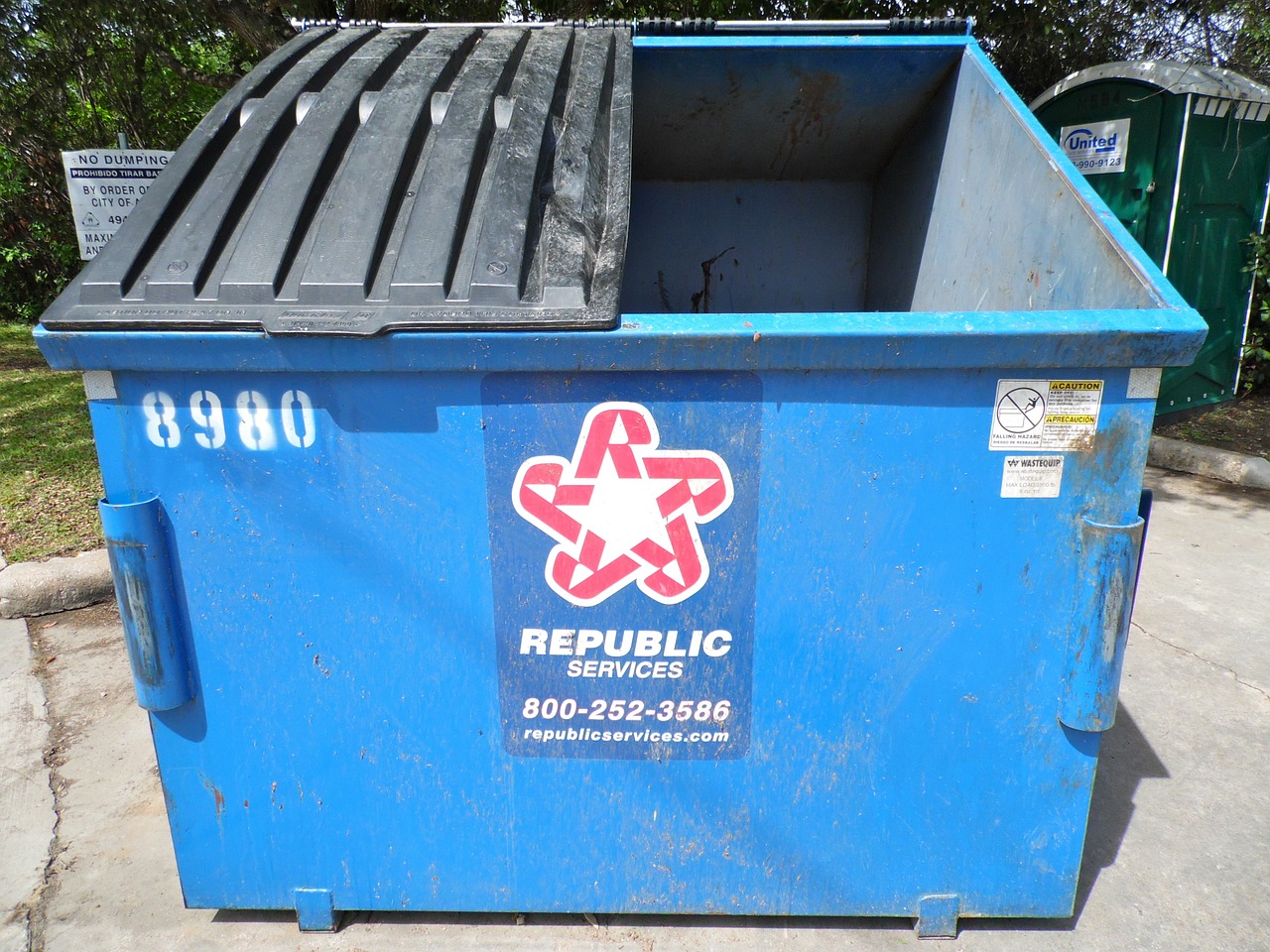

You’ve found a great product, done all the research, determined that you have a hot seller with little or no competition, and finally sent in your order. As your inventory begins to land in Amazon’s warehouses, you start to notice something peculiar…your inventory isn’t selling, and competitors are dropping their prices precipitously. Just a few months in, and you’ve only sold a handful of units. You decide that you won’t sell this product again because you can’t find a way to make it profitable. What should you do with your inventory that’s occupying space at Amazon’s warehouses, adding the insult of storage fees to the injury of your non-performing product? Sellers have a few options in this scenario.
One of these options is inventory liquidation. FBA liquidation is a relatively new program in which sellers can choose to have Amazon liquidate inventory to wholesale sellers for an approximate recover rate of 5-10% of a product’s average selling price. On top of this, Amazon charges a per unit processing fee that starts at $0.25. Furthermore, Amazon will also charge a recover fee/commission of 15% of the gross recovery value.
While liquidation may be a good idea in a handful of scenarios in which buyers’ COGS were very low, for the most part, liquidation is to stop the bleeding and not to make a profit. Furthermore, sellers must recognize that liquidators, while contractually prohibited from reselling these products on Amazon, may resell on other e-commerce platforms including eBay. Thus, if a seller is already self-liquidating a product on eBay, opting for a liquidation process via Amazon may flood the eBay market as well.
Another option for sellers involves inventory disposal. Under such a program, Amazon will dispose of inventory on a seller’s behalf. Disposal fees start at $0.32/unit. Under this program, sellers can have Amazon pull their inventory and dispose of it, putting an end to storage fees. Of course, with inventory disposals, there is an ethical concern about simply trashing brand new, ready-for-retail products, and the environmental impact of disposing of such goods. Of note is that with disposal, sellers have no chance of financial recovery from a bad product and thus should consider this option last.
A third option for sellers involves recalling and reselling inventory. Under such a program (also starting at $0.32/unit), sellers have the option to re-list or re-sell their inventory on other platforms where their products may move faster. Perhaps a seller might find that their inventory is better suited for a brick-and-mortar store, for example.
One of the biggest drawbacks of recalling inventory, though, is that Amazon will usually not send all inventory back at once; rather, Amazon will return inventory in a trickle fashion, and often without a timeline. In other words, a recall order is far from instantaneous and can often span multiple months. If a seller is considering self-liquidating on another e-commerce platform, he/she should also consider simply using Amazon’s Multi-Channel Fulfillment (MCF) program to save the recall fee of $0.32/unit (of course, the MCF program comes with its own different set of fees).
If a seller recalls inventory and decides not to sell that inventory, he/she also has the option to donate it. Donating recalled inventory can be a great way to offset any profits and/or income made through other sales for a business owner. For example, if a seller has recalled a number of toys, he can donate them to a children’s non-profit organization, taking a significant tax write-off.
Unfortunately, a seller cannot write-off the full MSRP value of the product… doing so would likely result in several questions from the IRS. In fact, the rules for inventory write-offs can be quite specific and varied based on individual circumstances.
With that said, we at CapForge as an accounting and bookkeeping firm are uniquely qualified to help sellers determine how to reasonably write-off their specific donated inventory. If inventory donation is something you’re considering, we’d love to chat to see how we can help.
https://youtube.com/shorts/oLp2-IcRS-4?si=M7PwEhjTbP4vI_iC In today’s video, Matt reviews a kid asking a business owner how he could…
https://youtube.com/shorts/4jsC2TDSvWg?si=yVIRKsAKSwZ3NUse Matt has reviewed multiple sales tip videos. He reviews another one in today’s video.…
https://youtu.be/ydx9aYcjgxk?si=4LN-fkWPSTvDHY-m Here is the next the latest and greatest “Would I Buy This Business?” so…
https://youtube.com/shorts/hG6eHDAdTxE?si=F1qGnV6DFqUkm-Nn We have another startup business review for today’s video. Matt reviews this Indiegogo campaign…
https://youtube.com/shorts/xUSkkUG11UM?si=AyKNj3jjj6dwQG6s In today's video, Matt watches a video discussing external and internal locus of control.…
https://youtube.com/shorts/y1FJjyeNUP8?si=0nAYcfDQ94Zdaty- In today’s video, Matt is reacting to the idea that a) it's easy to…